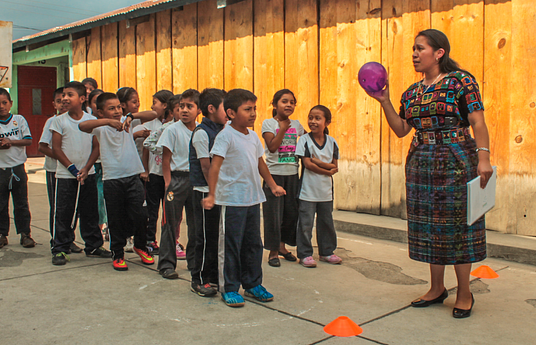We believe that every person deserves a quality, holistic education that prepares them to maximize their potential. To provide this education to our children, we employ enriching activities like those found at expensive specialized programs (offering them for less than 50 cents per day) and integrate them into an immersive experience that unifies learning rather than further fragmenting students’ lives into a list of activities. Students have extended exposure to a wide variety of subjects such as robotics, sewing, engineering, knitting, artificial intelligence, mindfulness, woodworking, poetry, songwriting, wrestling, visual arts, coding, fitness and yoga. By participating in our program, students not only gain skills related to what they are studying but also become more creative, better collaborators, better problem solvers, develop more perseverance, become more willing to try new things and less afraid of failure.
Using the after-school program and summer day camp model has been key to our success. Not only is it a model that meets the needs of working families but we have many of our students 5 days per week, all year long starting when they are five years old. This type of extended exposure is essential when trying to develop a culture of learning that is so different from what they experience everywhere else. To build that culture, we are purposeful about every detail; everything from the way the space looks to the words that we use, to the way that learning is structured must communicate a clear message to the students that they are not only allowed to but expected to interact with the staff, the environment, each other and what they are learning in a way that is markedly different from school.
Equity is at the core of our approach. By designing programming that compliments in-school education rather than seeking to replicate it, we provide our students with skills that when combined with traditional education will help them to navigate social structures and escape the pitfalls of generational poverty. Straightforward education is an important ingredient for success but research shows that “soft skills” such creativity, curiosity, collaboration, communication, perseverance, patience, self-control, integrity, etc. are strong predictors of life success. We aim to educate the entire person and design programs that systematically address cognitive, emotional, spiritual, social and ethical development. In doing so, we are preparing the students fromour community for future success despite the additional hurdles that they will have to clear in comparison with other people their age.
Our students and their peers are chasing a moving goal because what it will take to be professionally successful and an impactful citizen are ever changing. Rather than focusing on training our students to run faster in a race that is stacked against them, we are giving them the skills that they will need to anticipate where the goal will be and to meet it there. Our students are learning to be creators in a world of consumers, visionaries in a world of reproducers, leaders in a world of followers. In a world full of passive observers, they are becoming young people with a consciousness, a voice and the confidence to use it.

